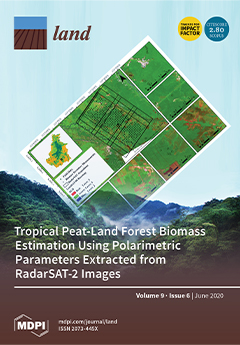Resource information
Nitrogen (N) fertiliser is applied to pastures in dairy farming systems to ensure productivity, but it is an expensive input that could be damaging to the environment if used excessively. In the southern Cape region of South Africa, N fertilisation guidelines for pastures were developed under conditions different to current management practices, yet dairy producers still base fertiliser programmes on these outdated guidelines. This study aimed to determine the efficiencies of N fertilisation. Various N fertiliser rates (0, 20, 40, 60 and 80 kg ha−1 applied after grazing), as well as a variable rate according to the nitrate concentration in the soil water solution, were assessed on a grazed pasture. Dairy cows returned to a pasture approximately 11 times per year. Pasture production showed a minimal response to fertilisation within each season. The most responsive parameters to fertilisation were the herbage crude protein content, soil mineral N content and urease activity. Reduced microbial activity was observed when more than 40 kg N ha−1 was applied. When considering the soil total mineral N content, N is used inefficiently at rates above 40 kg N ha−1. The results are indicative of an N saturated system that provides a rationale for reducing N fertiliser rates.


